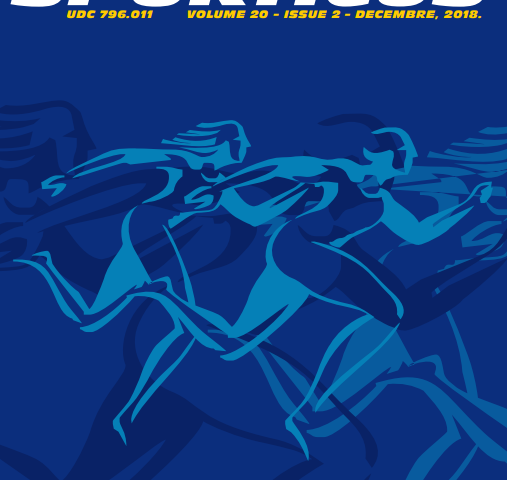Abstract
The main purpose of this study is to determine relation between Fitness profile and situation efficiency in soccer. For the purpose of this study 11 soccer players of Dinamo Zagreb, Soccer Club in the 2008/2009 season were tested. Firstly, the soccer’s’ basic morphological characteristics were measured: height (cm), weight (kg) and subcutaneous fat tissue (%). The VO2max test measured the following variables: average maximum oxygen intake (mL kg-1min-1), maximum heart rate frequency (b min-1) and maximum running speed (km h-1). Situational efficiency was determined by Prozone. Significant correlation was determine between overall number of passed balls and successfully passed balls (r=0,99), overall number of passed balls and unsuccessfully passed balls (r=0,79), unsuccessfully and successfully passed balls (r=0,71), average sprint length and maximum speed (r=0,83), number of sprint runs and unsuccessfully passed balls (r=0,63), total distance covered during the second half and number of sprint runs (r=0,62), total distance covered in sprint run and unsuccessfully passed balls (r=0,67), total distance covered in sprint run and number of sprint runs (r=0,91), height and weight (r=0,71), average maximum oxygen intake and total distance covered in sprint run (r=0,61), maximum running speed and number of sprint runs (r=0,76). These data only proves the complexity of success in soccer and the need for further research and improvement in the training processes, as well as the game of soccer. A greater variety of functional and motoric variables should be applied in future research and their correlation with various indicators of situational efficiency of soccer players should be analyzed as well.


